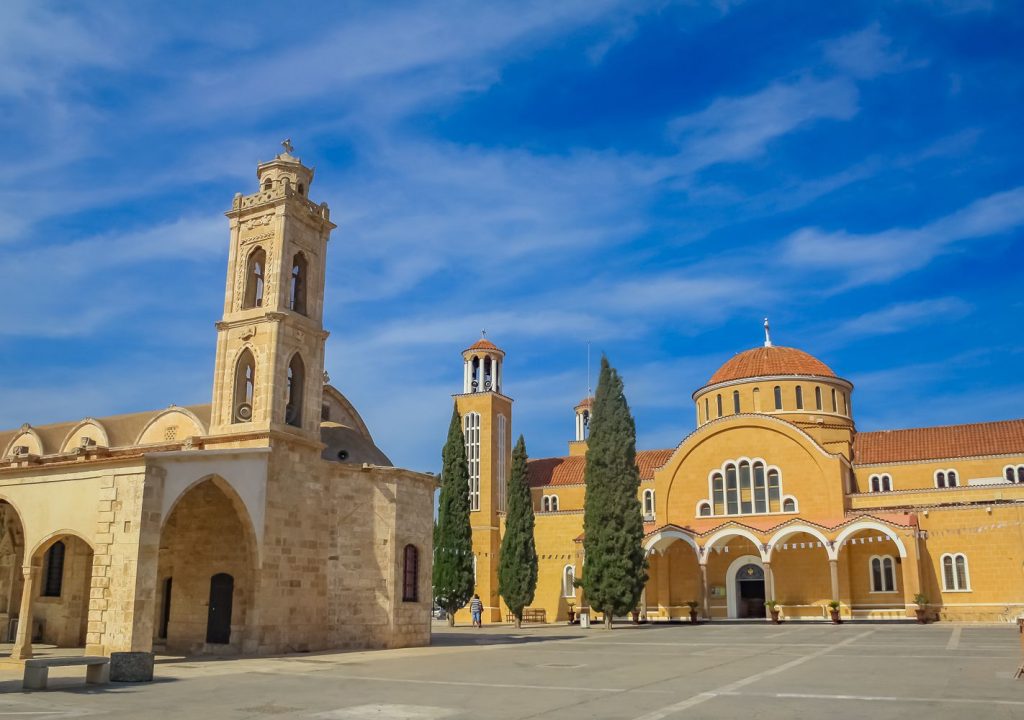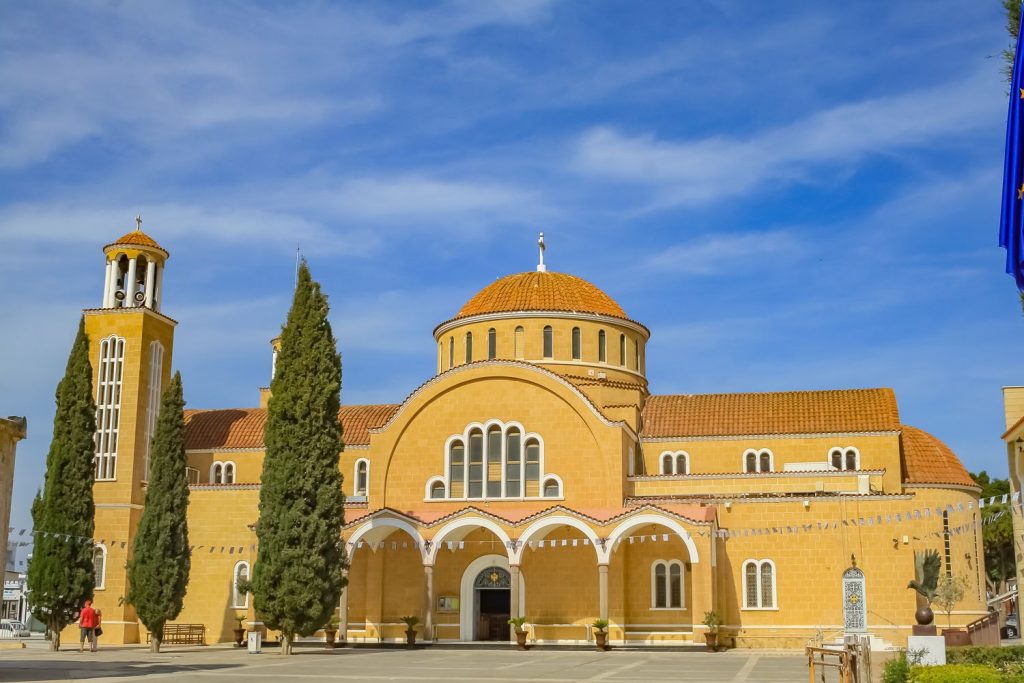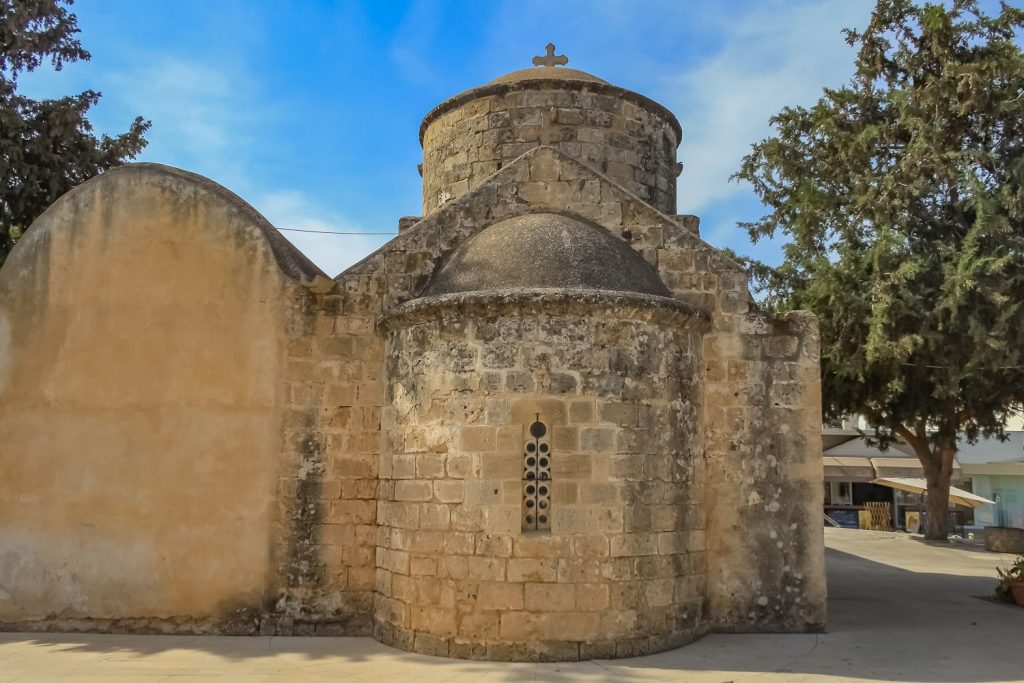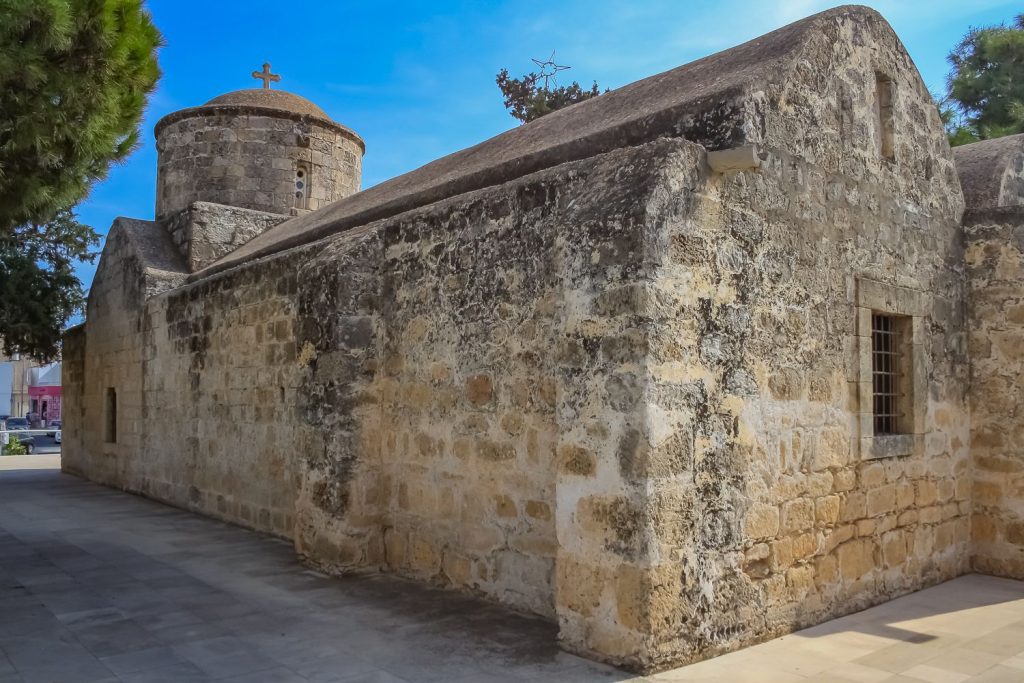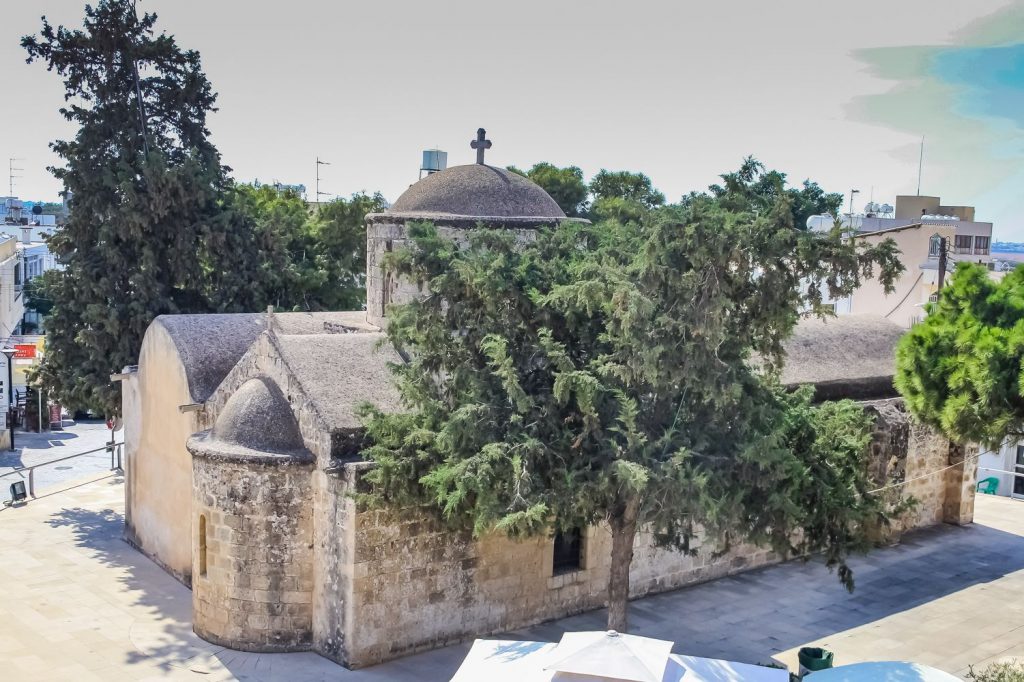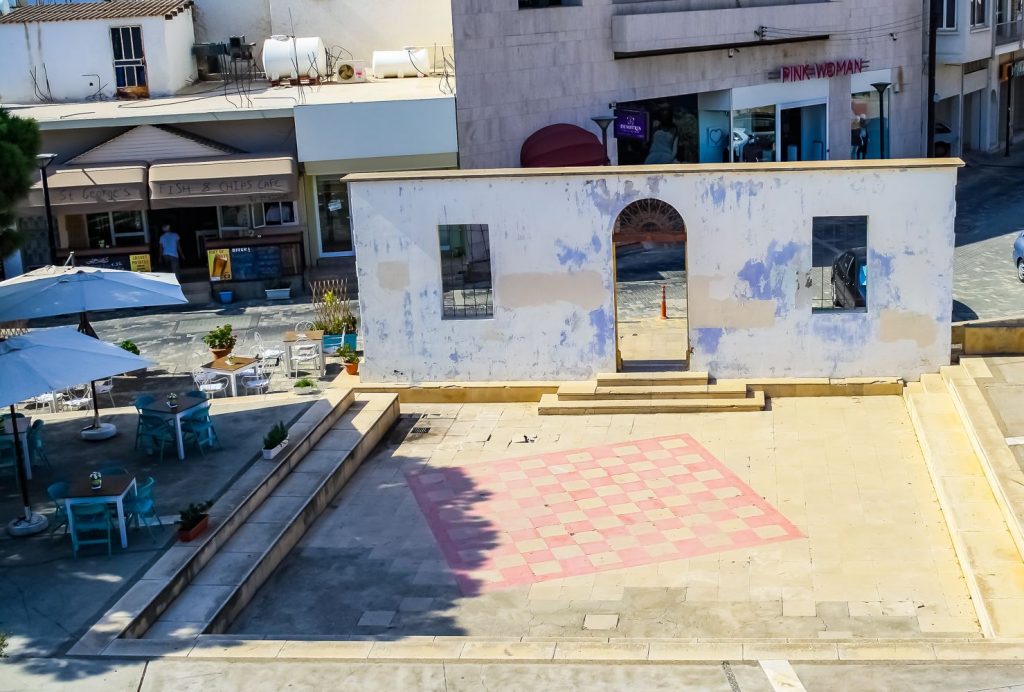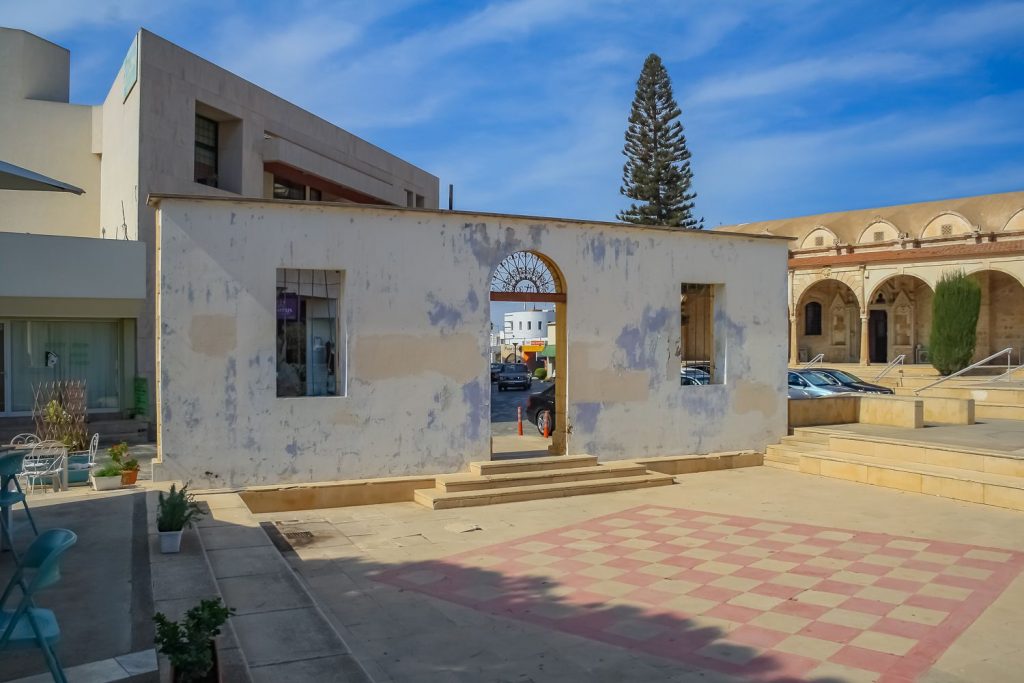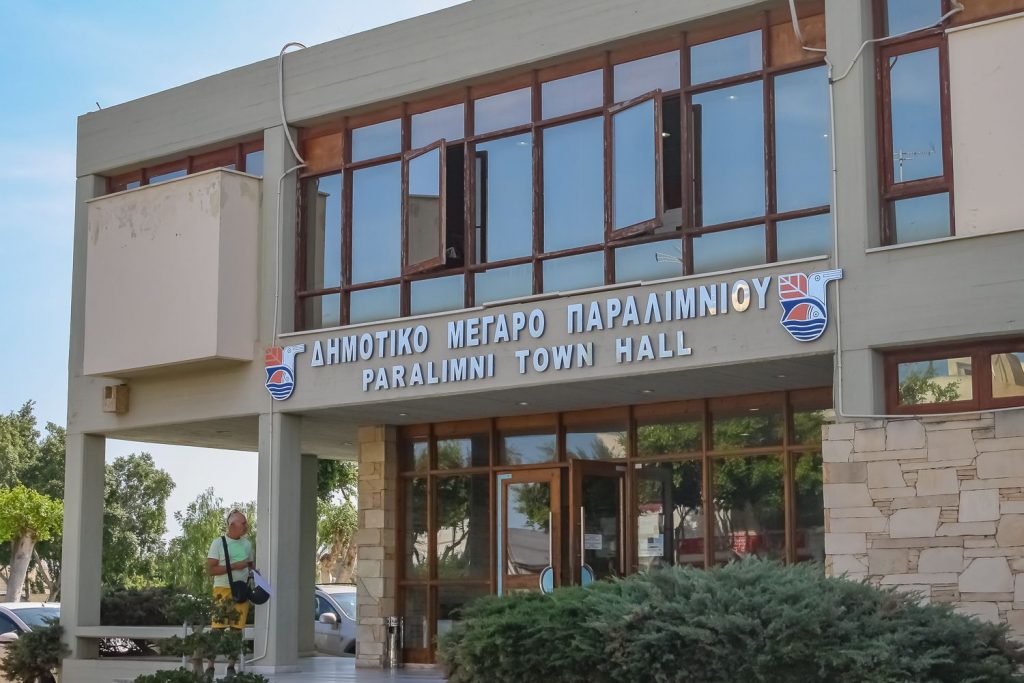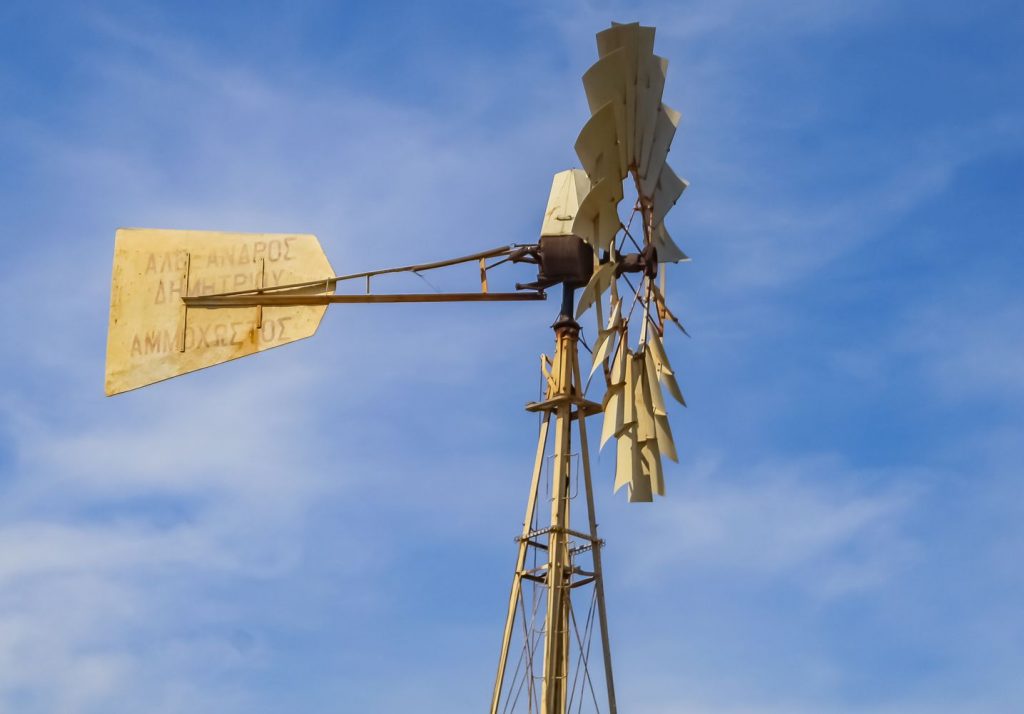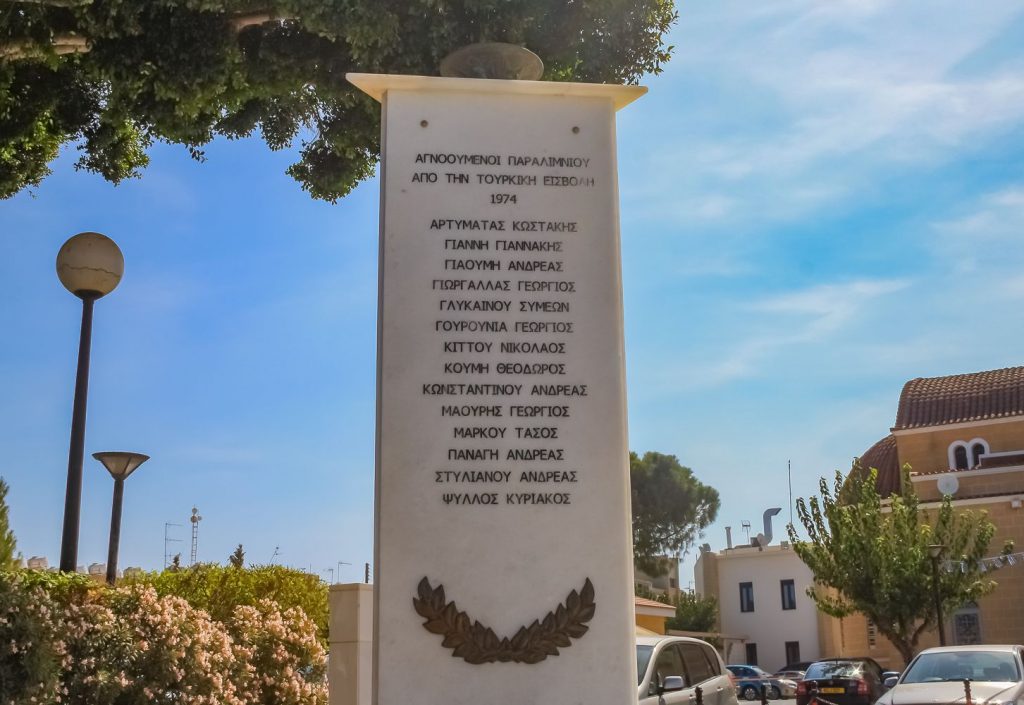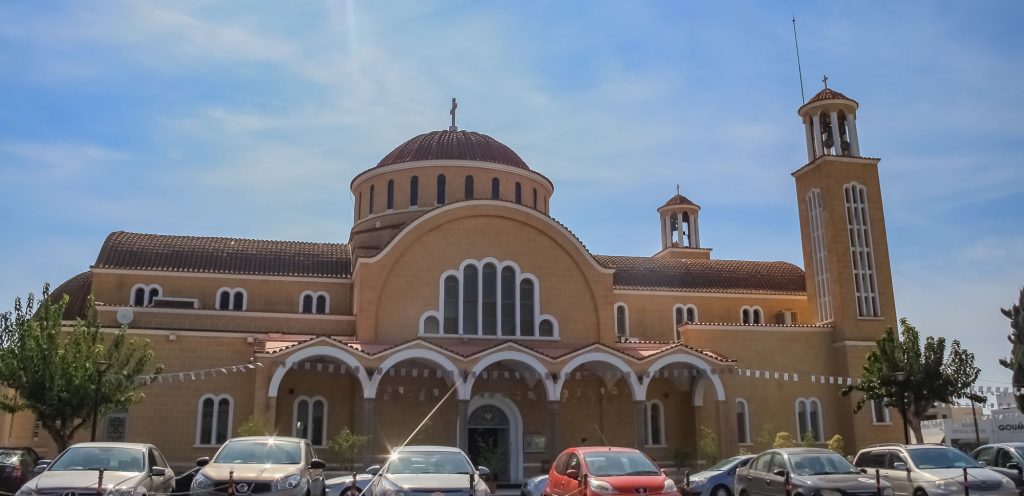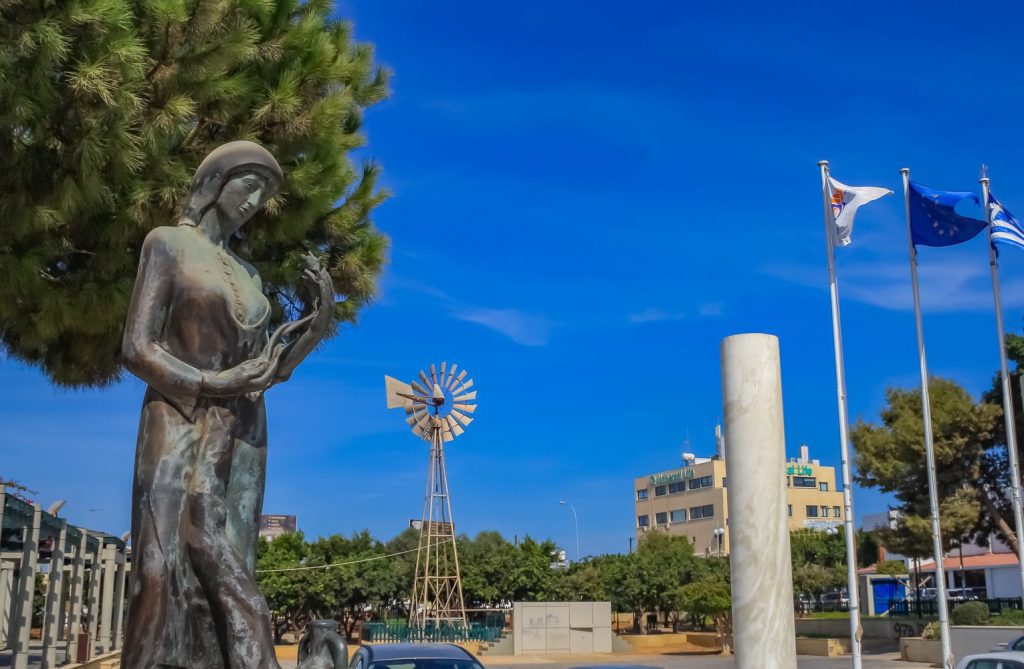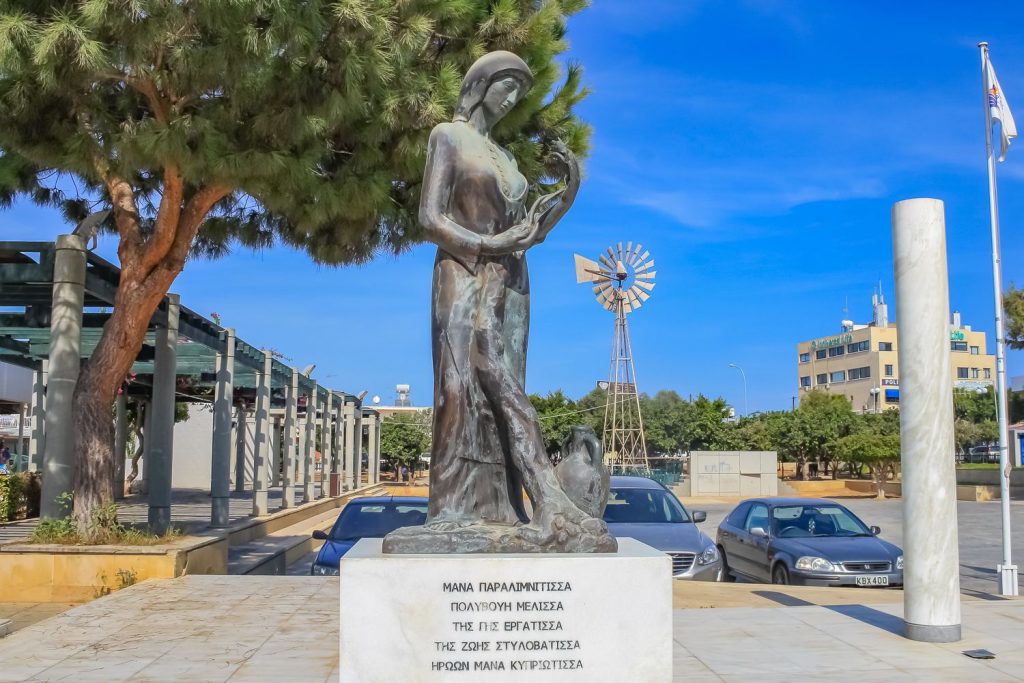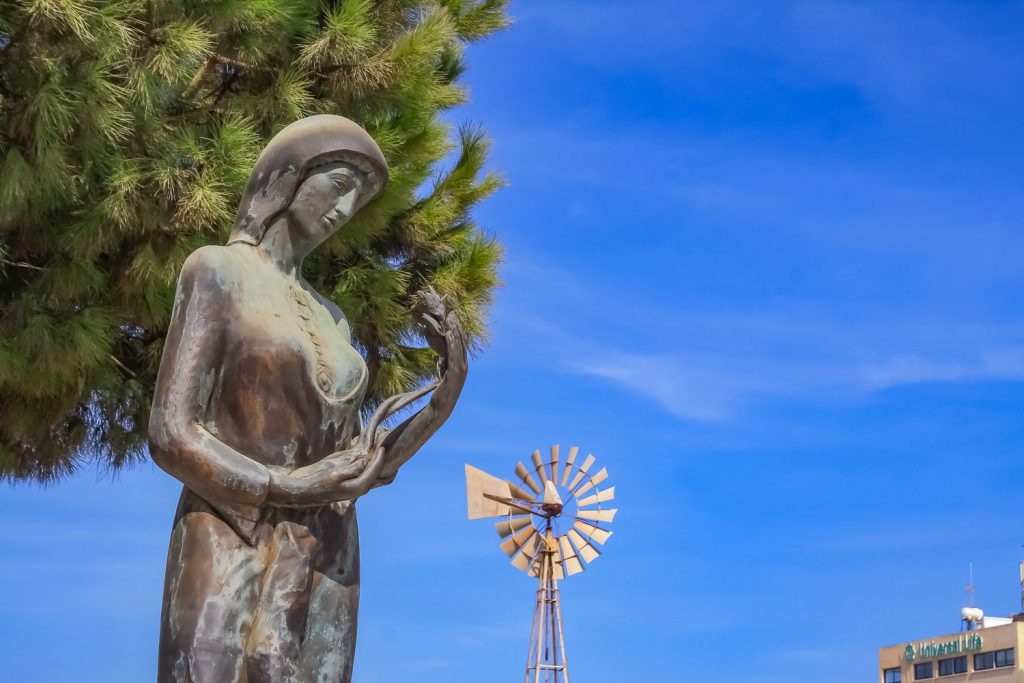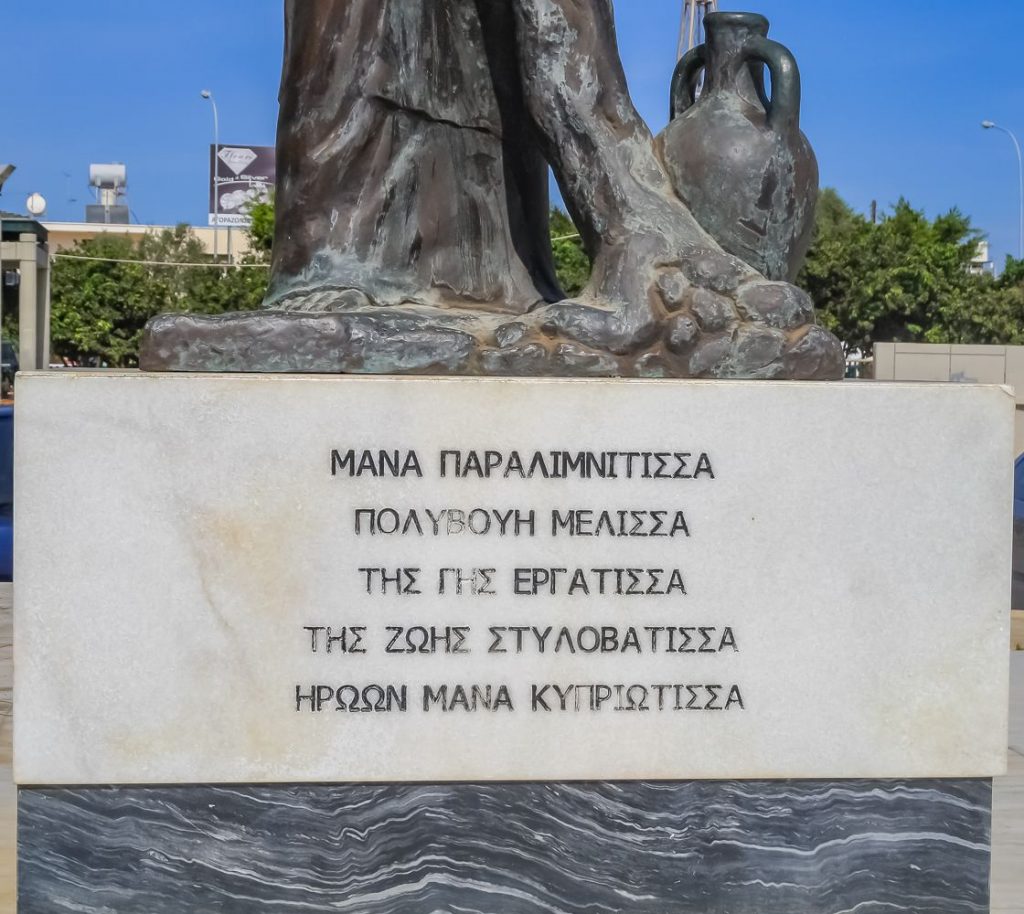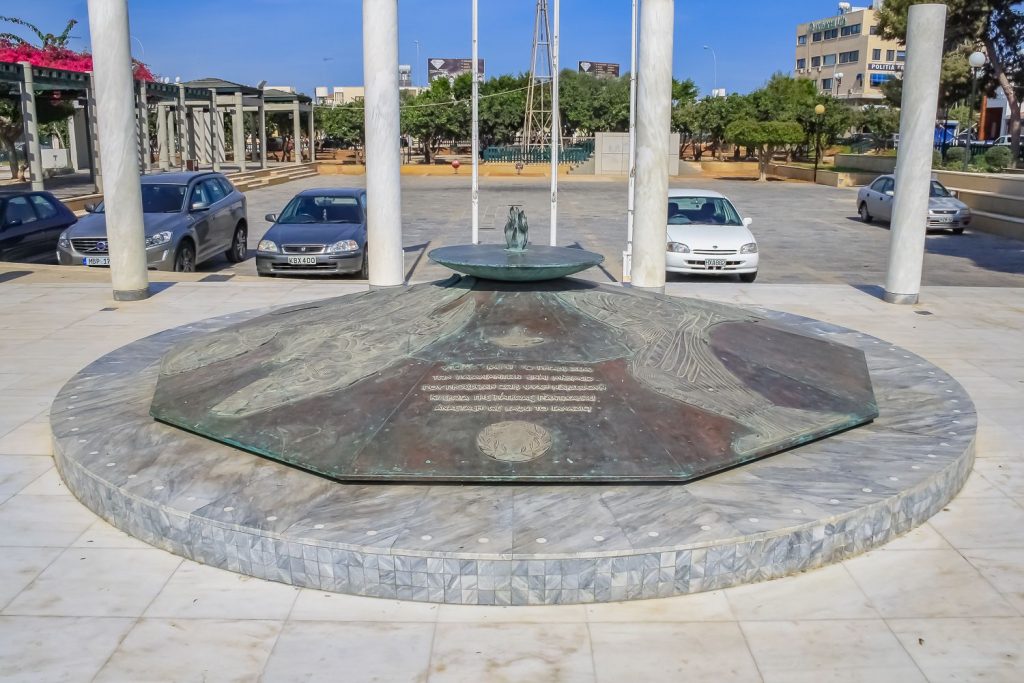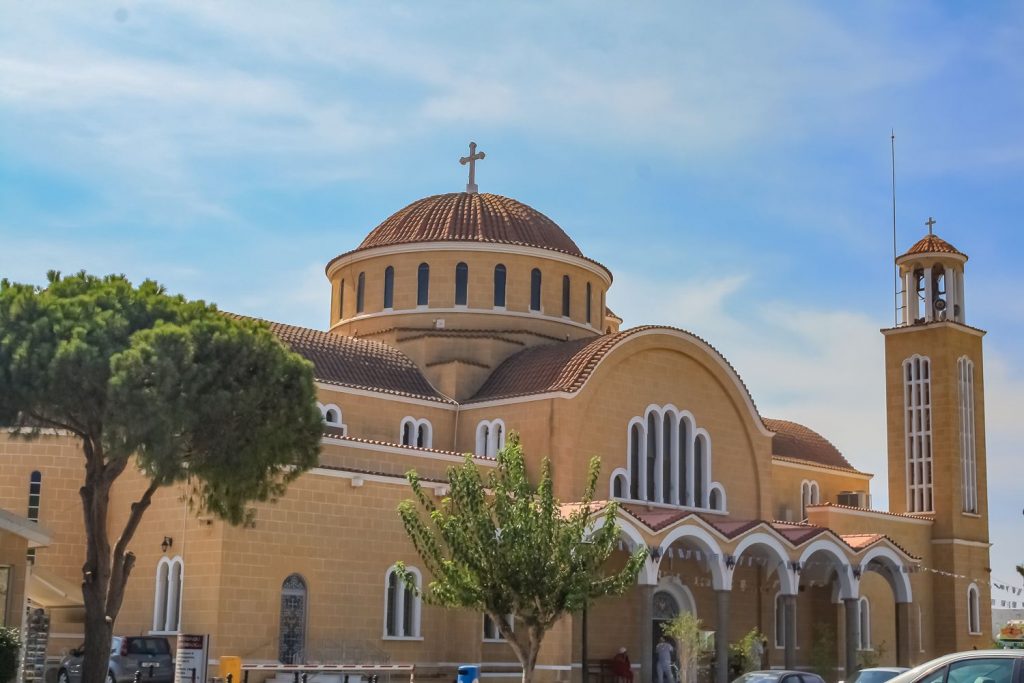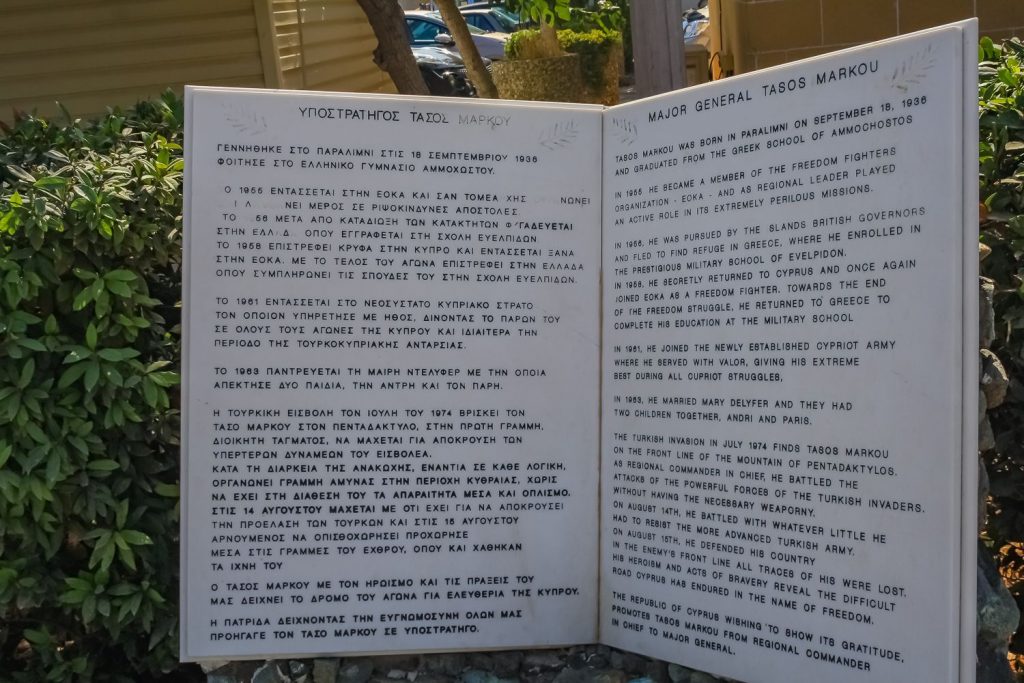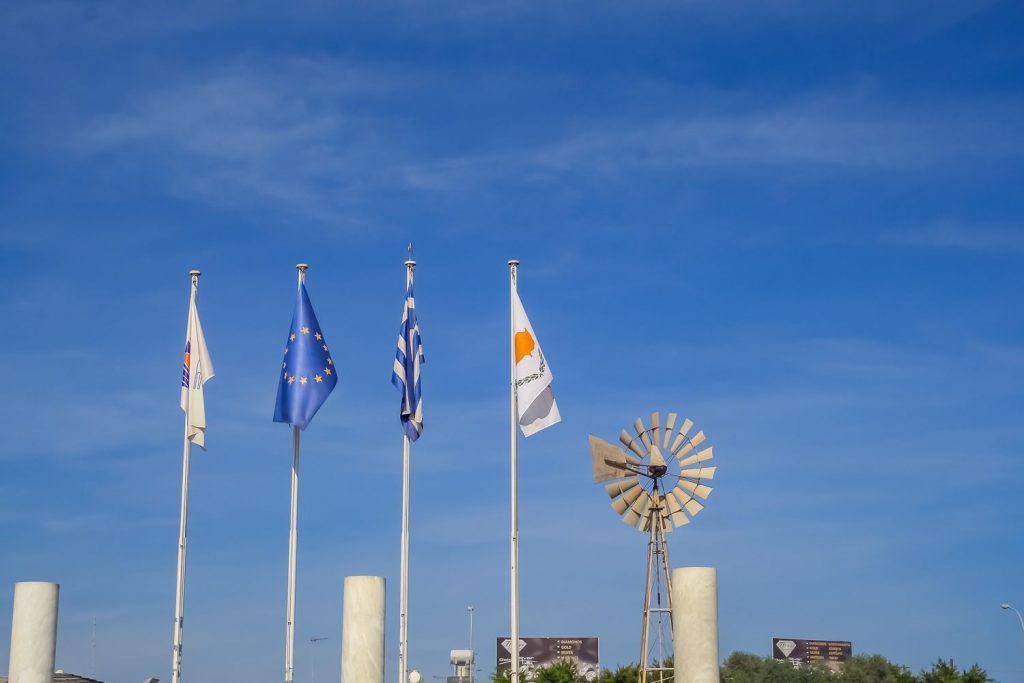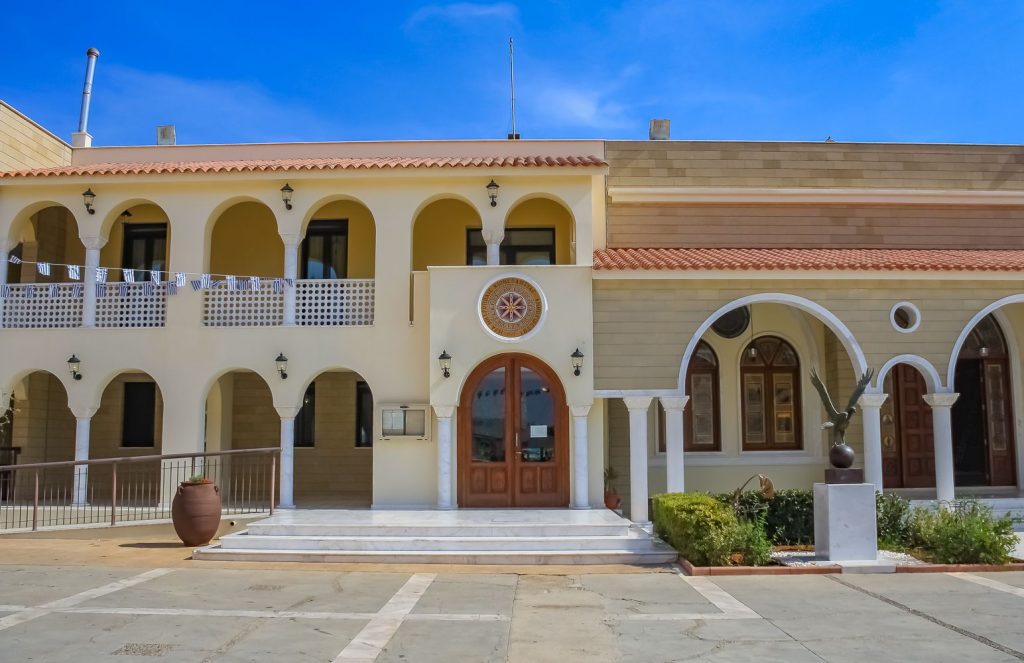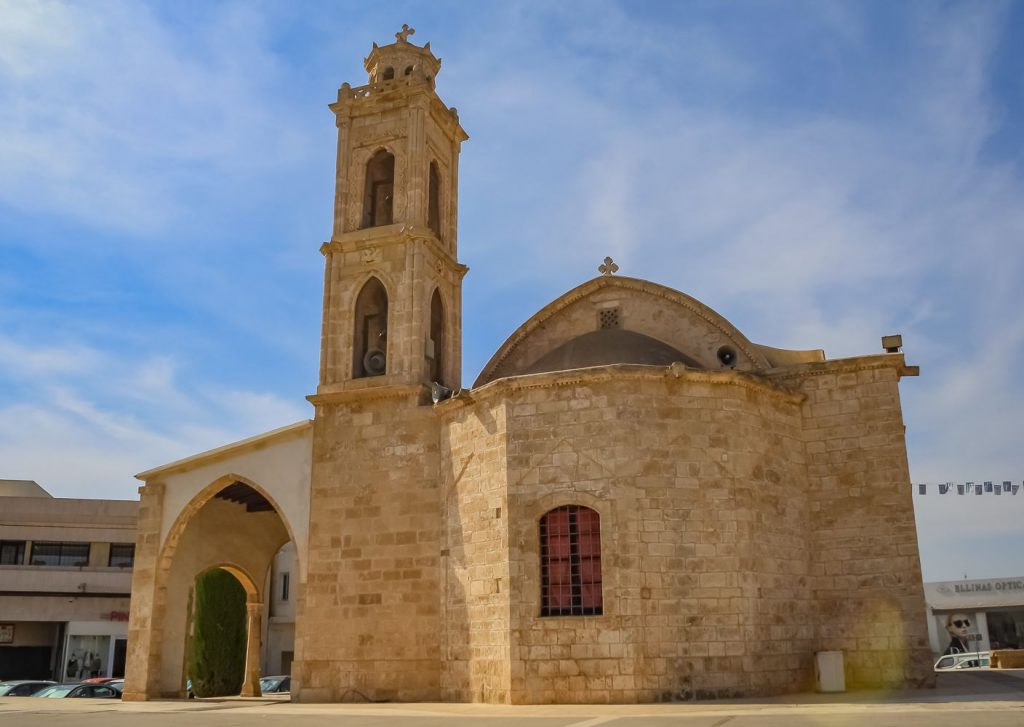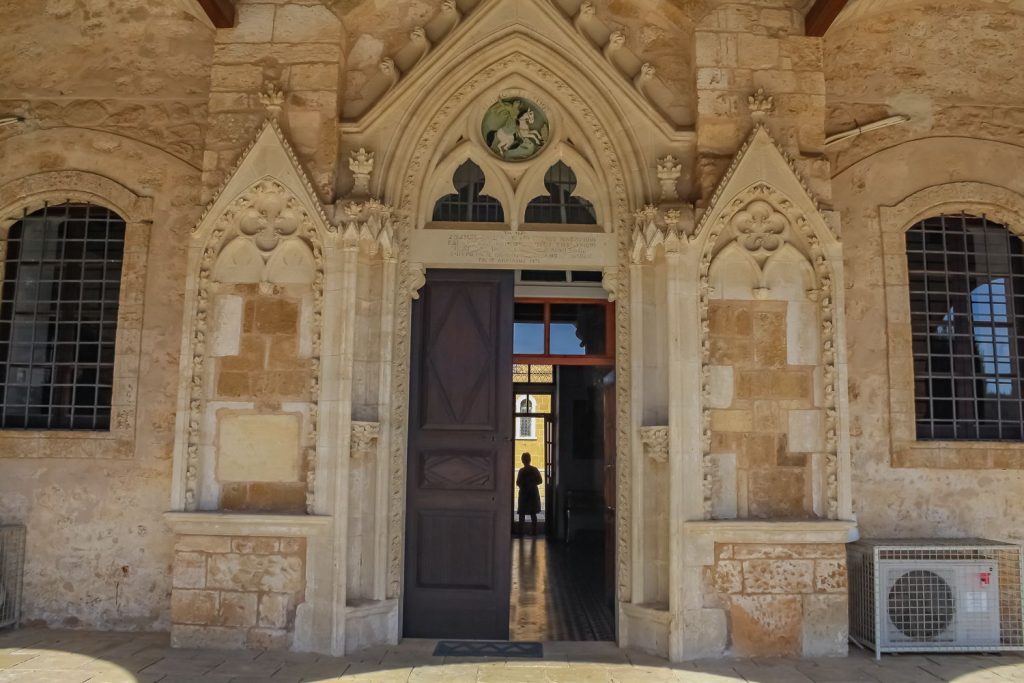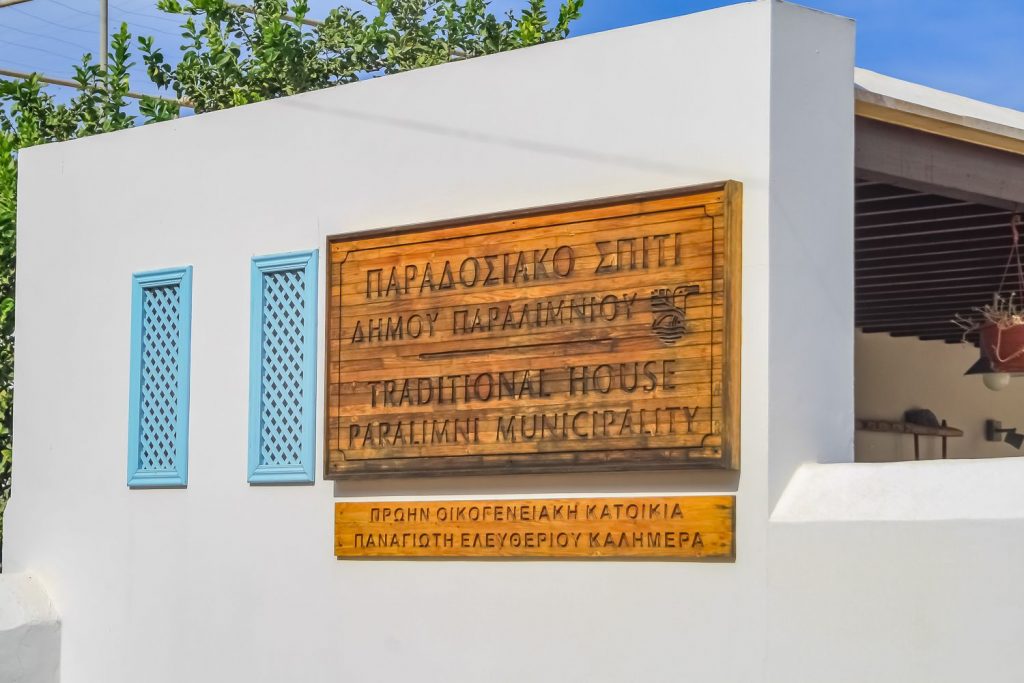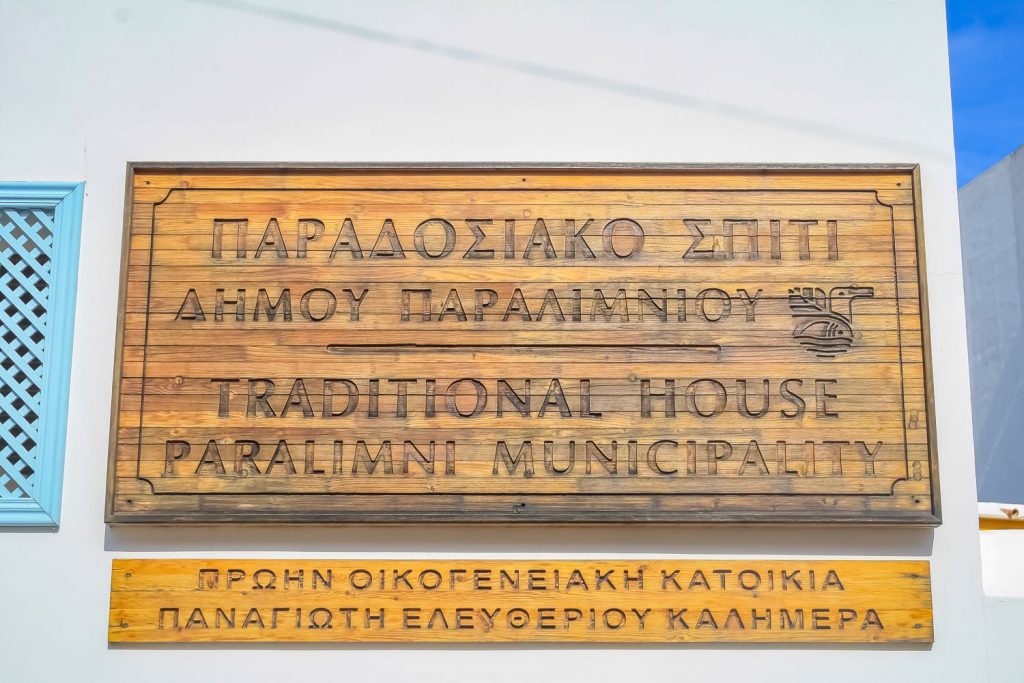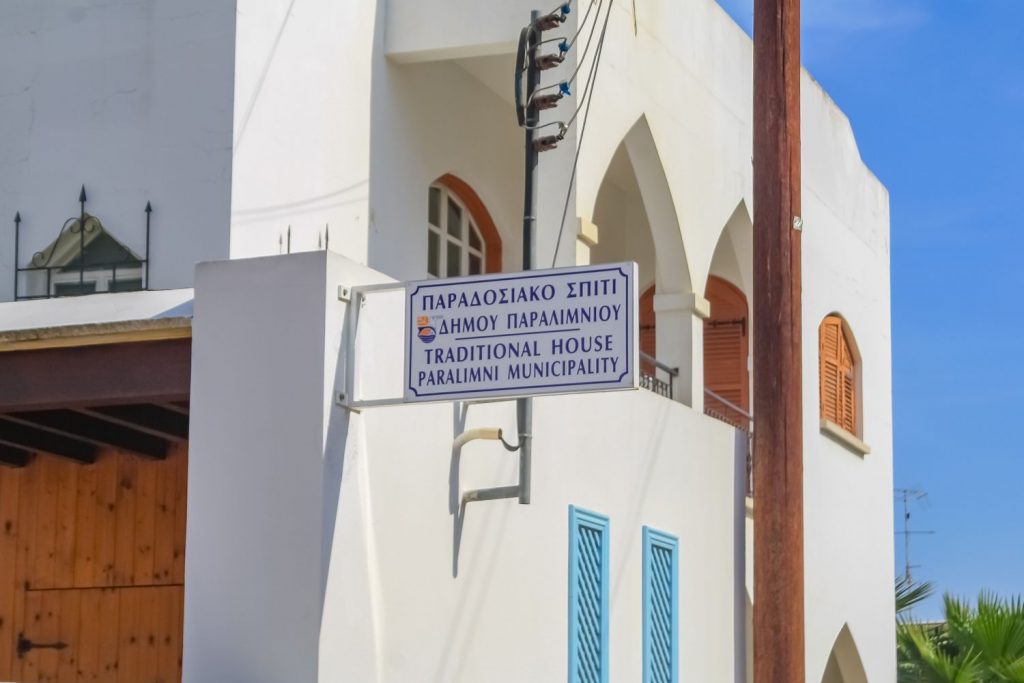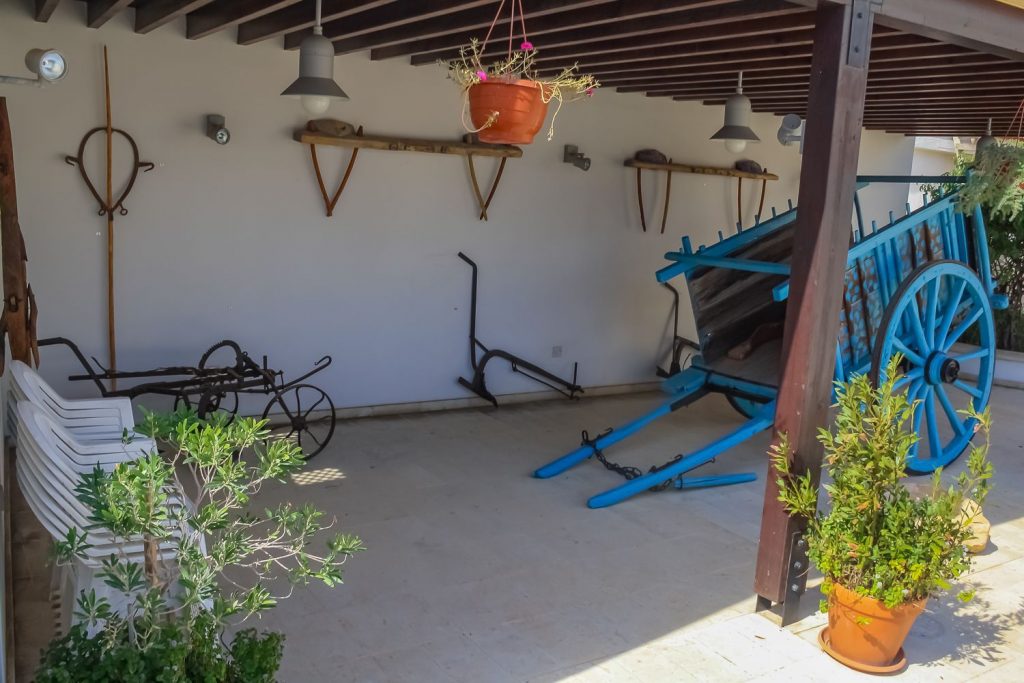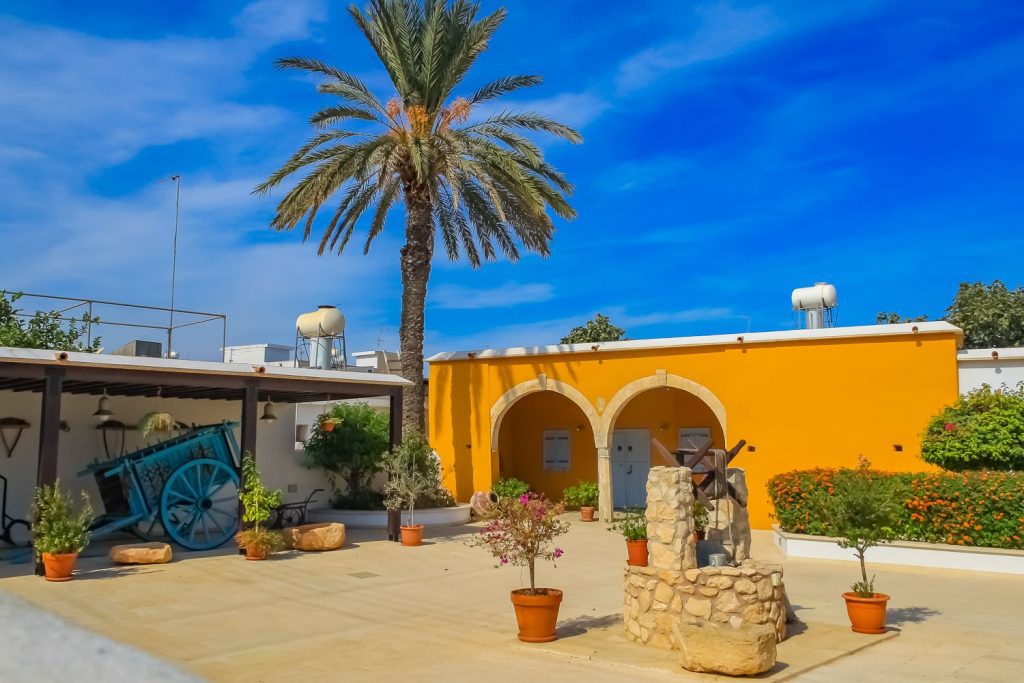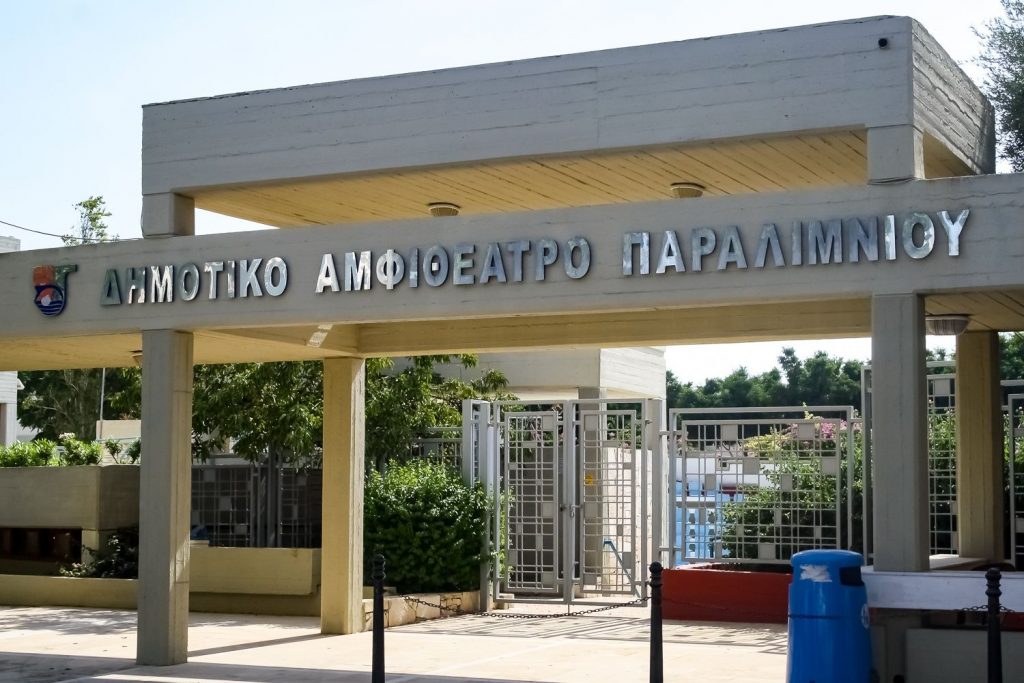Paralimni
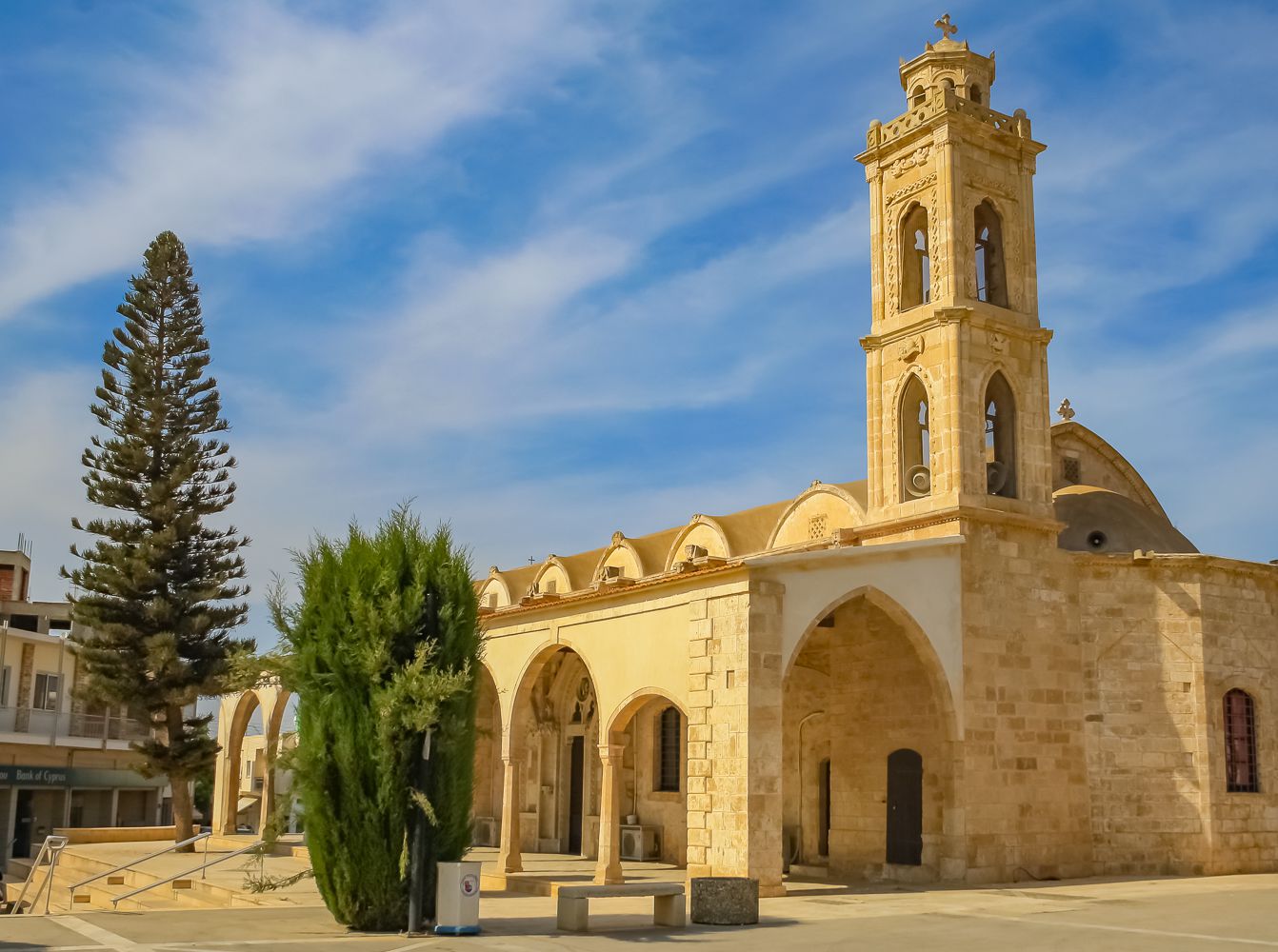
Paralimni is the largest village in the Famagusta province with a section of it still located in the buffer zone. The settlement is sittuated at the southeastern end of Cyprus, about 8 kilometers away from Ayia Napa.
As soon as the visitor enters Paralimni, he faces the longest graffiti on the island of Cyprus, representing the traditional windmill, the St. George Metropolitan Church and the first sunrise in Europe that takes place at the Cape Cavo Greco.
Regarding the origin of its name, Paralimni, because of its location and its connection to the lake (para tin limni means “by the lake” in Greek) is linked to the seasonal homonymous lake close to it, which is one of the NATURA 2000 protected natural habitats and is mainly used for agricultural purposes.
The history of Paralimni began in the Hellenistic years and at the location where the ancient city of Lefkola later developed. During the Byzantine era, the village was a small settlement, which consisted of many smaller rural communities, as evidenced by the many chapels found there. Since that time, some Byzantine coins have been excavated, proving the existence of this settlement near the site of the church of Agios Dimitrios, with the possible cause of its destruction being the Arab invasions of the 7th century. Thus, its inhabitants were moved to a location far from the sea, to the area where Paralimni stands today.
Paralimni is divided into an urban and a tourist zone – namely Protaras, which is considered to be the coastal suburb of Paralimni, which, although bustling with hotel complexes, also has some of the most famous beaches in the Mediterranean and the world, for example the Fig Tree beach. Nearly fifty years ago, however, Paralimni was a typical rural community of the kokkinochoria of Cyprus (named so after their red fertile earth, literally meaning “red villages”), with most of its inhabitants migrating to richer terrains of the island. To the east of the village, in the valley of windmills or as else in Protaras, the locals dug wells and found the water they needed to grow their vegetables. In the 1950s, however, the use of windmills was reduced, water was pumped by mechanical turbines, and they were among the first to apply the greenhouse method. In this way, their production grew, they gradually began to get rich, and immigration effectively diminished. At the same time, there were quite a few locals who began to work in the port of Famagusta and are increasingly associated with the profitable trade of Cyprus. Thus, Paralimni became one of the richest villages in Cyprus, with its standard of living rising. The Turkish invasion of 1974 brought the recession to the village and around 1978 it began to recover financially again. The new main source of income is none other than tourism. The formerly dangerous east coastal area is one of the most important tourist areas of Cyprus, and all the locals since then have been establishing there their family businesses.
Some of the sights in Paralimni are the monument of the hero Tassos Markos, the monument of Paralimni’s mother, the monument of the lost during the union struggle and the monument of the missing and the lost during the Turkish invasion in 1974. Even though Paralimni preserves to a large extent the characteristics of the old village, today it has nothing to envy from many other modern cities of the island. There you will find some of the most developed tourist services in Cyprus, as well as three secondary schools and four elementary schools with their kindergartens. Lastly, Paralimni, from the very old years, was distinguished by the dedication of its inhabitants to religious traditions. Today, in the central square of the village, apart from the cafes, there are three churches, two of which are dedicated to Saint George and the Byzantine church of Agia Anna of Paralimni. Very close to the above-mentioned churches, there is also the small newly built church of Agios Kornelios, at the same location where the old church was located, while to the southeast are located the historical chapel of Archangel Michael, as well as the chapel of Agia Marina. In the community cemetery, a small church dedicated to St. Thomas is built, a sign that there used to be another settlement, which later merged with Paralimni. To the east of the village, there is also the chapel of Agios Panteleimonas hidden by eucalypti, which celebrates every year on July 27th

